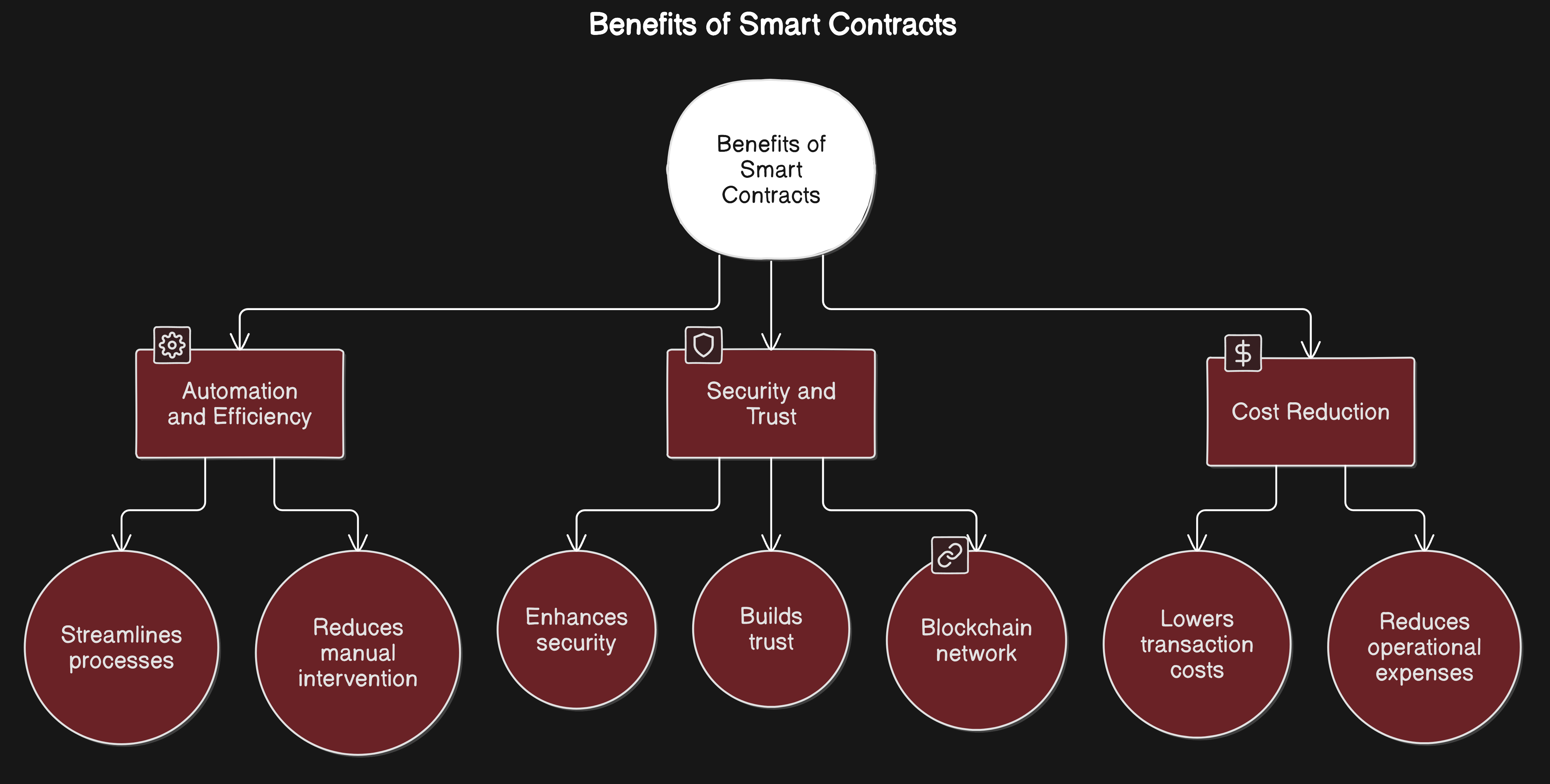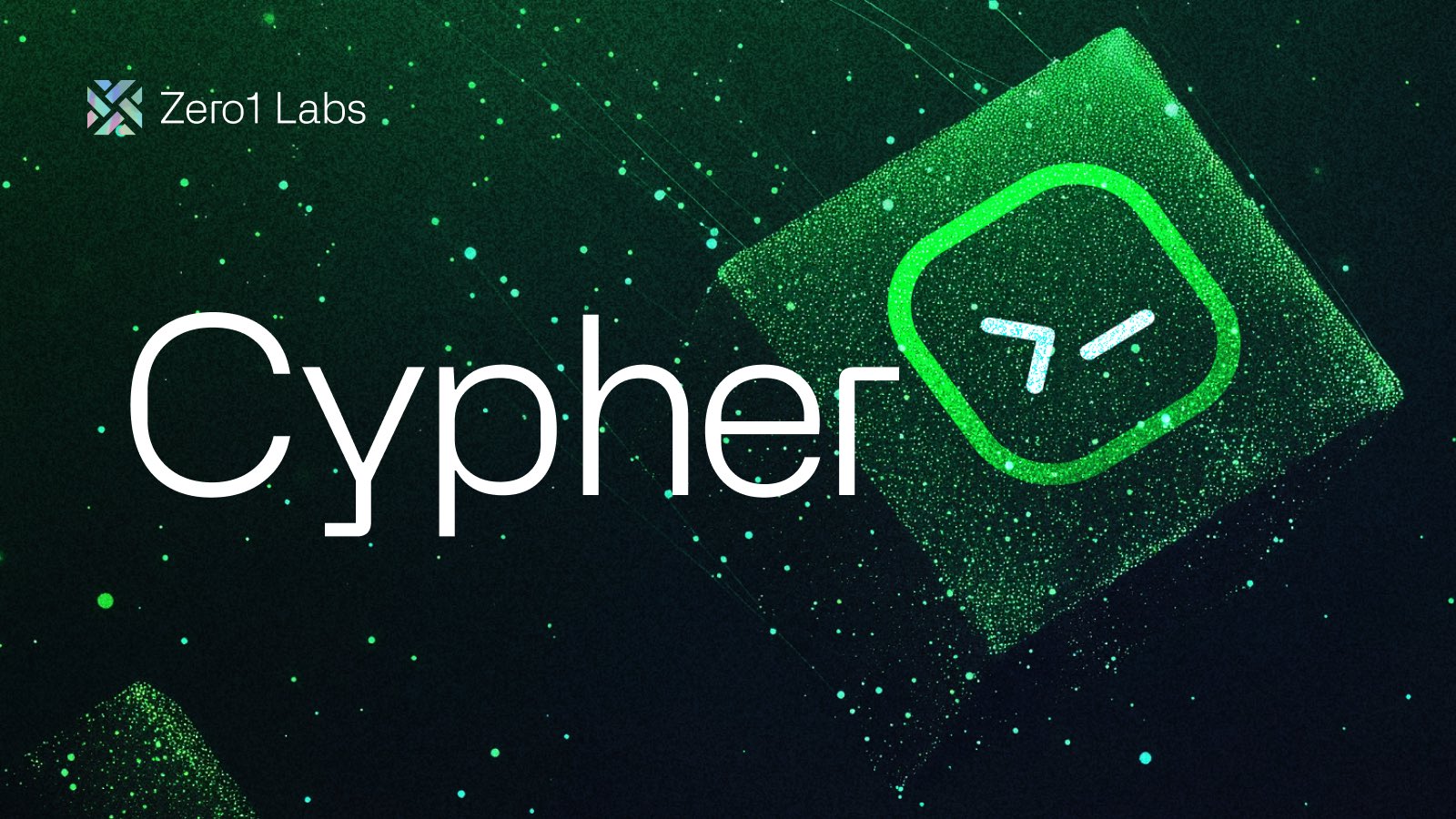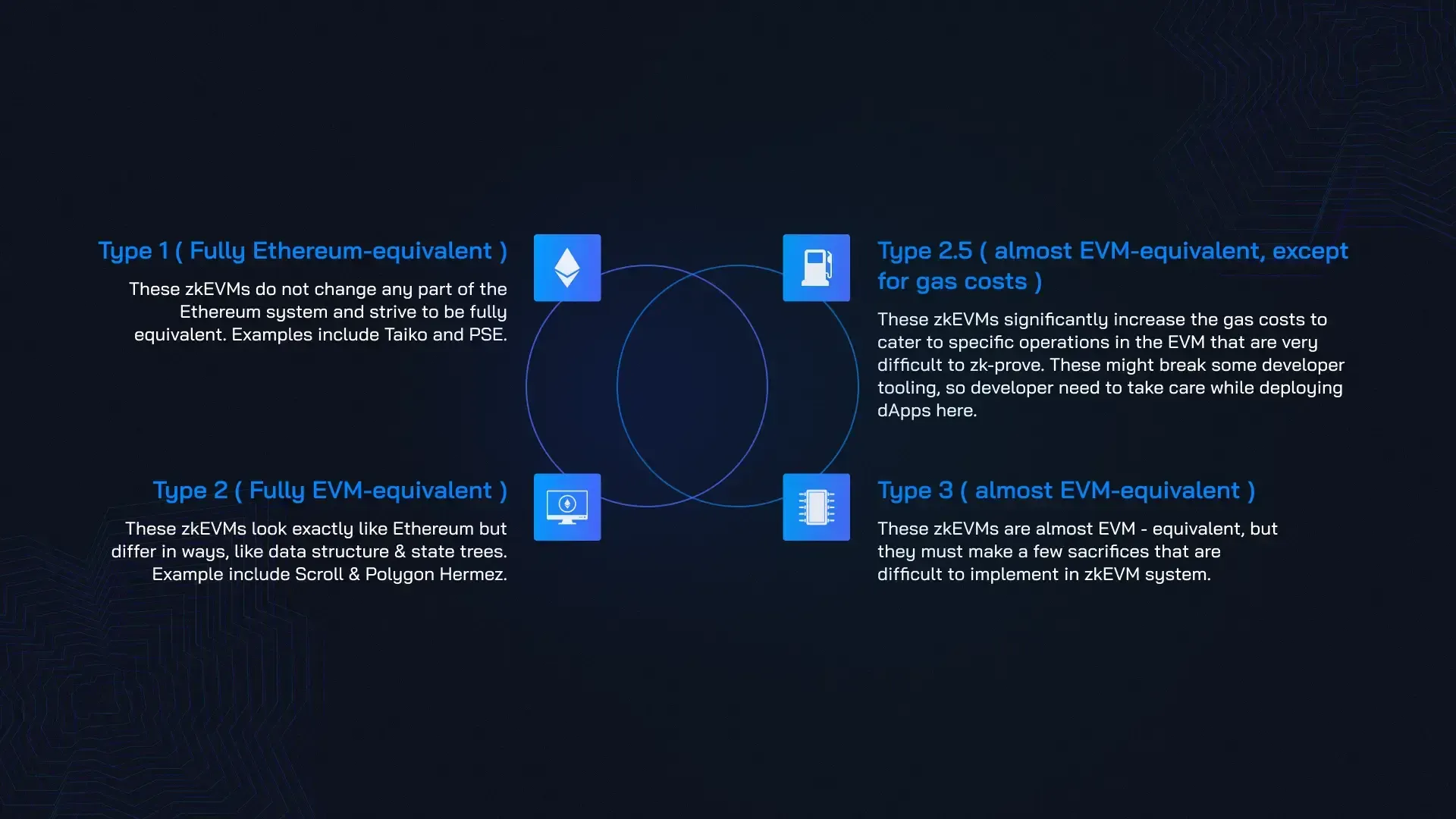
Fully Homomorphic Encryption (FHE) is rapidly emerging as a transformative force in blockchain privacy. Unlike traditional cryptography, which typically secures data at rest or in transit, FHE enables computations to be performed directly on encrypted data. For developers and enterprises working with Ethereum Virtual Machine (EVM) compatible chains, this innovation unlocks the possibility of true confidential smart contracts: contracts that preserve privacy not only during storage and communication but throughout every stage of computation.

Why Blockchain Needs Fully Homomorphic Encryption
Blockchains are inherently transparent. Every transaction, balance, and contract state is publicly visible by default. While this transparency underpins trust and auditability, it introduces severe limitations for applications that demand confidentiality, think private DeFi positions, sealed-bid auctions, healthcare records, or secure voting. Existing privacy solutions like zk-SNARKs provide some relief but often require trade-offs in terms of flexibility, composability, or developer experience.
FHE addresses these shortcomings head-on. By allowing smart contracts to process encrypted inputs and produce encrypted outputs without ever exposing the underlying data, FHE provides a robust cryptographic foundation for confidential computation on public blockchains. This means users can interact with decentralized applications (dApps) without revealing their sensitive information to the network or even to the contract logic itself.
Pioneering Implementations: fhEVM, Cypher and Fhenix
Recent advancements have made FHE much more accessible to blockchain developers:
Leading Projects Bringing FHE to EVM Chains
-

Zama’s fhEVM: Zama offers an FHE extension for the Ethereum Virtual Machine (EVM), enabling developers to write confidential smart contracts in Solidity. It introduces encrypted data types and operations, allowing computations on encrypted data directly on-chain without requiring deep cryptographic expertise.
-

Cypher’s FHE-EVM Layer: Cypher integrates Fully Homomorphic Encryption with EVM compatibility, supporting encrypted AI computations and confidential data processing within smart contracts. This solution ensures sensitive data remains secure throughout on-chain computation.
-

Fhenix: Fhenix is building an Ethereum Layer 2 rollup that leverages FHE to enable truly private smart contracts. By utilizing FHE rollups and coprocessors, Fhenix aims to provide scalable, confidential computation for EVM-compatible networks.
Zama’s fhEVM is particularly noteworthy for its developer-centric approach. It extends Solidity, the dominant smart contract language, with native support for encrypted data types such as integers and booleans. Developers can now write confidential logic using familiar syntax while relying on the underlying FHE engine to handle encryption and decryption seamlessly within the EVM context.
Cypher pushes the envelope further by integrating FHE-enabled AI computations into EVM-compatible smart contracts. This opens up encrypted machine learning use cases where both training data and inference queries remain private throughout execution.
Fhenix, meanwhile, is developing an Ethereum Layer 2 solution that leverages “FHE rollups”: bundling confidential transactions into scalable batches processed off-chain but secured by Ethereum mainnet consensus. The result is a powerful blend of scalability and privacy for complex dApps.
How Confidential Smart Contracts Work with FHE
The technical magic behind encrypted smart contract development lies in how EVM-compatible blockchains are extended with new cryptographic primitives:
- Encrypted Data Types: Instead of plain numbers or strings, developers use encrypted integers (
enc_uint256) or booleans (enc_bool). These types support arithmetic and logical operations directly on ciphertexts. - Confidential Computation: Contract functions receive only encrypted inputs from users’ wallets or other contracts. All intermediate states remain opaque even to node operators running the chain.
- Composable Privacy: Because these extensions are built into Solidity/EVM standards (see Cypher docs), confidential contracts can interact seamlessly with existing DeFi protocols or DAOs, without breaking compatibility.
This architecture ensures that sensitive information, such as transaction amounts in private DeFi pools or votes in a DAO election, is never exposed on-chain at any step during computation or settlement.
The Expanding Universe of Blockchain Privacy Use Cases
The integration of Fully Homomorphic Encryption into EVM chains is not just a technical milestone; it’s an enabler for entirely new classes of decentralized applications:
- EVM confidential contracts: Private lending markets where collateral amounts stay hidden from competitors.
- Private DeFi powered by FHE: Shielded swaps, confidential stablecoin transfers, or secret derivatives positions, without sacrificing composability.
- Anonymized DAOs: On-chain governance where votes are cast privately but results remain verifiable by all participants.
- Sensitive enterprise workflows: Healthcare claims processing or supply chain audits that require compliance-grade confidentiality on public ledgers.
These emerging use cases are only the beginning. As FHE integration matures, we can expect a proliferation of privacy-first dApps that were previously impossible on transparent blockchains. The ability to process and share encrypted information directly on-chain will fundamentally reshape both user expectations and regulatory approaches to decentralized finance, digital identity, and data sovereignty.
Challenges Ahead: Performance, Usability, and Adoption
Despite its promise, deploying Fully Homomorphic Encryption smart contracts on EVM chains is not without obstacles. The most significant challenge remains performance: FHE computations are orders of magnitude slower than their plaintext equivalents. While projects like Zama’s fhEVM and Cypher have made notable progress in optimizing cryptographic libraries and hardware acceleration, further breakthroughs will be necessary before FHE-powered contracts can rival traditional dApps in responsiveness or cost-efficiency.
Usability is another area for improvement. Developers must adapt to new encrypted data types, rethink debugging strategies, and ensure wallet providers support confidential transactions seamlessly. Tooling ecosystems are evolving quickly but still lag behind established Solidity workflows.
Adoption will ultimately hinge on end-user trust and regulatory clarity. For privacy-critical sectors like healthcare or finance, demonstrating the security guarantees of FHE-enabled contracts – while maintaining auditability for compliance – is paramount.
Key Technical Hurdles for FHE Smart Contracts on EVM Chains
-

Performance Overhead: FHE computations are significantly slower than standard operations, leading to increased latency and higher gas costs for smart contract execution.
-

Limited Supported Operations: Current FHE schemes on EVM chains support only basic arithmetic and logical operations, restricting the complexity of confidential smart contracts.
-

Complex Developer Tooling: Integrating FHE requires specialized libraries and encrypted data types, making the developer experience more challenging compared to traditional Solidity development.
-

On-Chain Data Size: Encrypted data is much larger than plaintext, increasing on-chain storage requirements and potentially raising transaction fees.
-

Security Assumptions and Auditability: FHE introduces new cryptographic assumptions and complicates smart contract auditing, as encrypted states are not human-readable.
-

Interoperability Limitations: Confidential contracts using FHE may face difficulties interacting with existing non-confidential contracts and dApps, impacting composability.
Future Outlook: Toward Scalable Confidential Blockchains
The trajectory for blockchain privacy FHE looks promising as more research groups and commercial teams join the effort. The introduction of FHE rollups by Fhenix, for example, hints at a future where confidential computation scales alongside public blockchains rather than competing with them. This could pave the way for mainstream adoption in areas like private DeFi lending pools, confidential DAOs blockchain governance, or secure cross-chain bridges.
The next 12-24 months will likely see:
- Mainnet launches: Production deployments of FHE-enabled EVM chains with real assets at stake.
- Ecosystem growth: More developer tools, SDKs, and wallet integrations supporting encrypted smart contract development.
- User education: Improved onboarding experiences explaining how privacy is preserved without compromising composability or decentralization.
Key Takeaways for Developers and Enterprises
If you’re building applications where confidentiality is non-negotiable – whether it’s private DeFi protocols or sensitive enterprise workflows – now is the time to explore what FHE brings to EVM-compatible blockchains. Start by reviewing documentation from pioneers like Zama’s fhEVM or Cypher’s FHE-EVM Layer to understand how encrypted data types can be leveraged in Solidity today.
The convergence of advanced cryptography with composable smart contract platforms signals a new era for blockchain technology: one where users no longer have to choose between transparency and privacy. With continued innovation in performance optimization and developer tooling, truly confidential smart contracts powered by Fully Homomorphic Encryption are poised to become foundational infrastructure across both public and permissioned chains.






